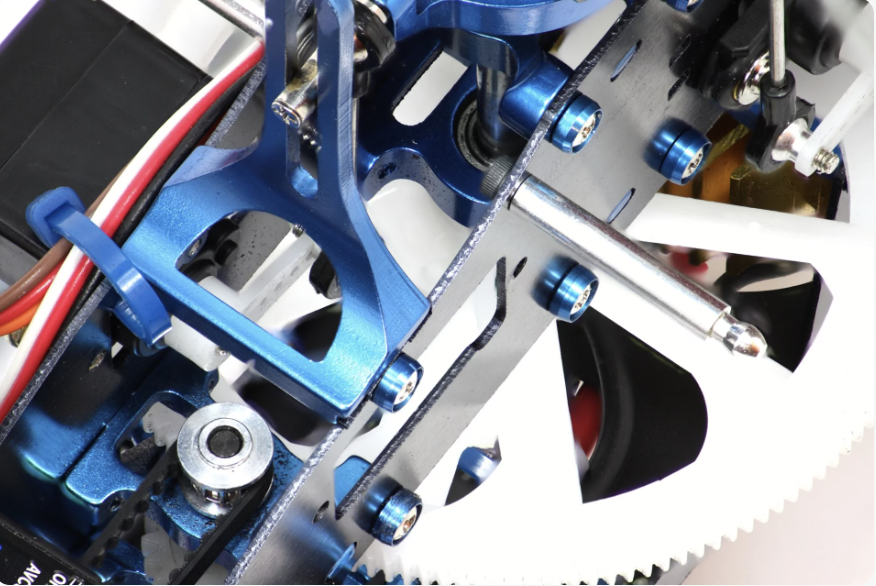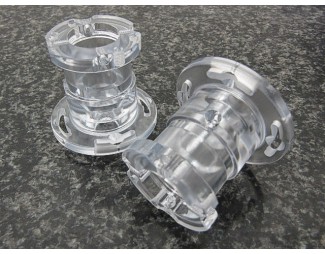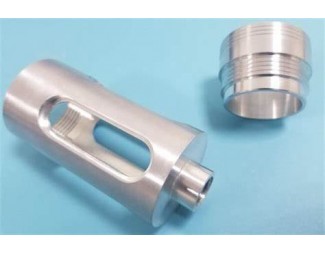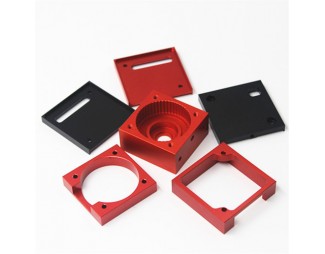Common Surface Finishes in Aluminium CNC
Here are some common surface finishes in aluminum CNC:
Mechanical Finishing
Mechanical finishes, as opposed to a single technique, involve various processes used to modify the surface of aluminum parts. Abrasive blasting, grinding, and polishing are common examples.
Instead of employing chemicals, mechanical force is used with abrasive media to smooth the surface of the aluminum. This can make it look better or prepare it for another finishing step.
Powder Coating
Many product designers would pick powder coating for vivid, long-lasting colors with good UV resistance. Aluminum parts are cleaned and readied before spraying with dried paint powder on the aluminum surface with an electrostatic gun. The powder-coated aluminum pieces are then baked to melt and cure the coating into a smooth finish.
Powder coatings are not as durable and hard as anodized aluminum, but they provide an excellent appearance and excellent corrosion protection as long as the coating is intact. Powder coating is also less harmful to the environment than liquid painting, which uses solvents, including volatile organic compounds (VOCs).
Anodizing
Anodizing is a process that is often used to improve the wear resistance and corrosion of aluminum products. It can also provide other desirable benefits, such as enhanced heat dissipation and color acceptance.
Unlike coatings and paints, anodizing does not apply an external product to the outside of the aluminum. An electrochemical method is instead utilized to induce the naturally occurring coating of aluminum oxide to thicken. This shields the underlying aluminum from its surroundings and allows it to take dyes. However, the color options for anodizing are fewer than those for powder coating.
PVDF Coating
PVDF coatings are resin-based coatings with incorporated color pigment particles. They should be applied to the aluminum product in manufacturing and can produce a wide range of matte-finish colors.
PVDF coatings are suitable for outdoor applications such as aluminum wall cladding because they are highly corrosion-resistant, fade-resistant, and chemically resistant. They are less expensive than powder coatings and can be placed in a thinner layer. Finally, while this aluminum coating is slightly more wasteful than powder coating, it contains no hazardous VOCs.
If you have any prototyping project please feel free to contact: enquiry@abcrapid.com.

Search
Recent Post













